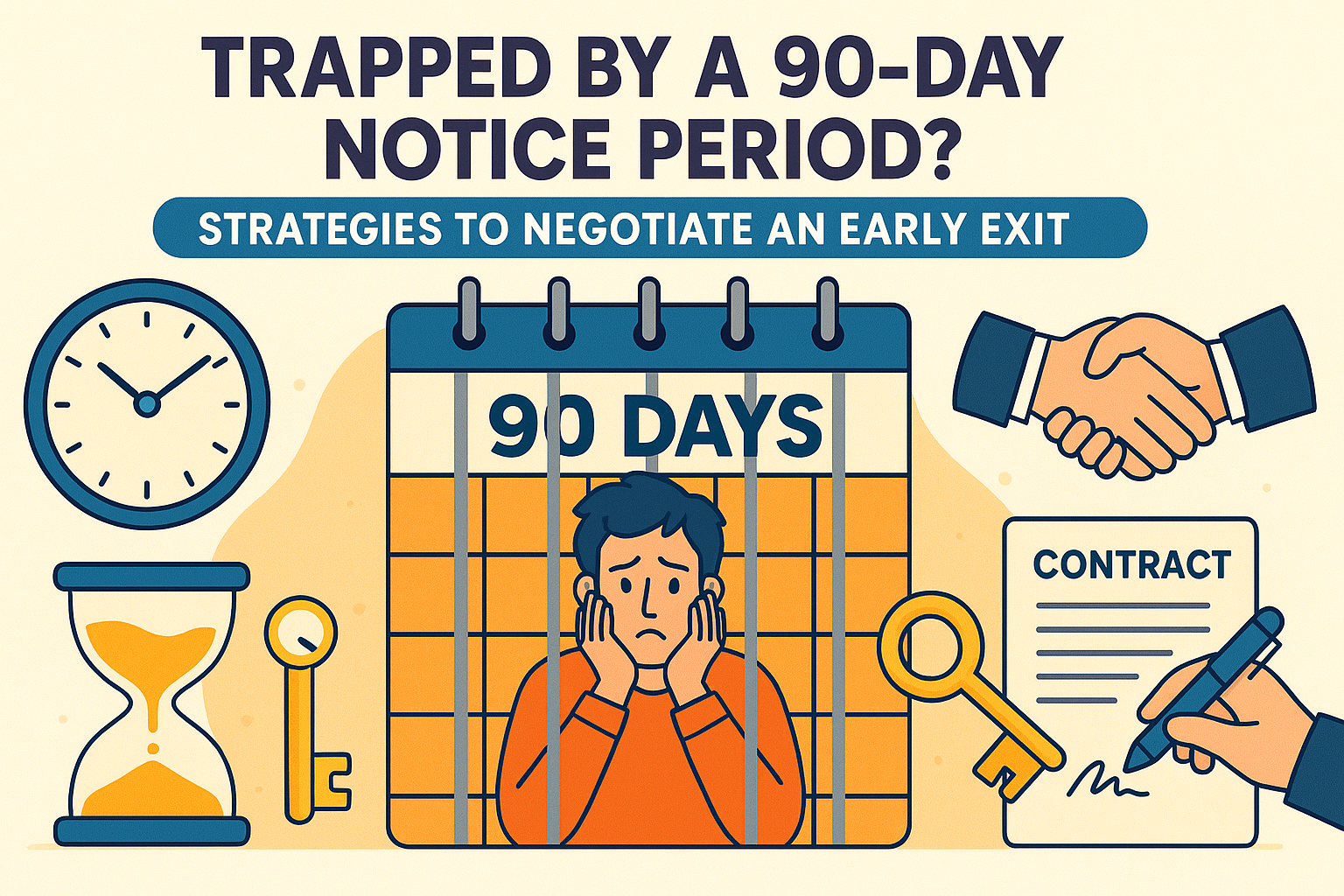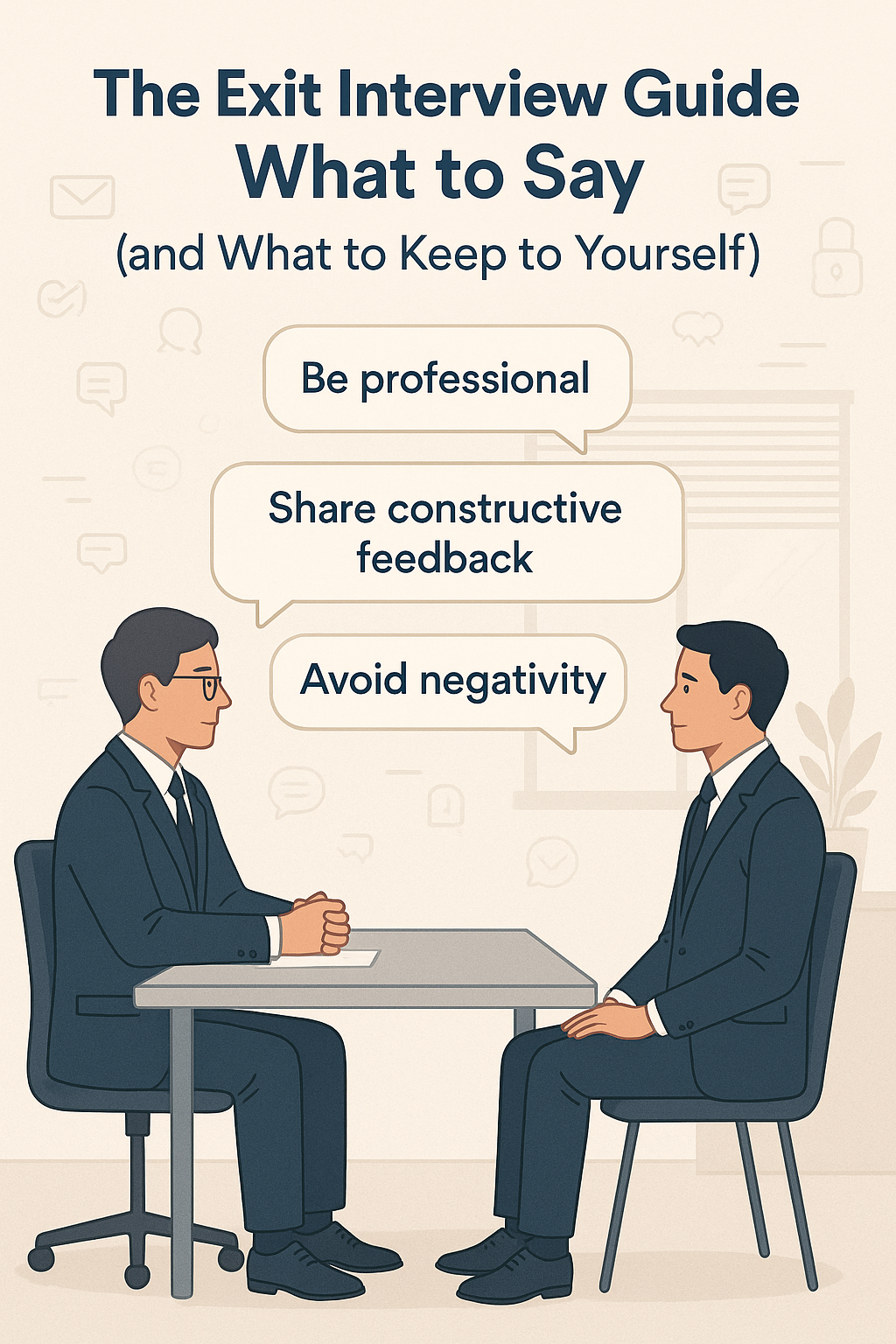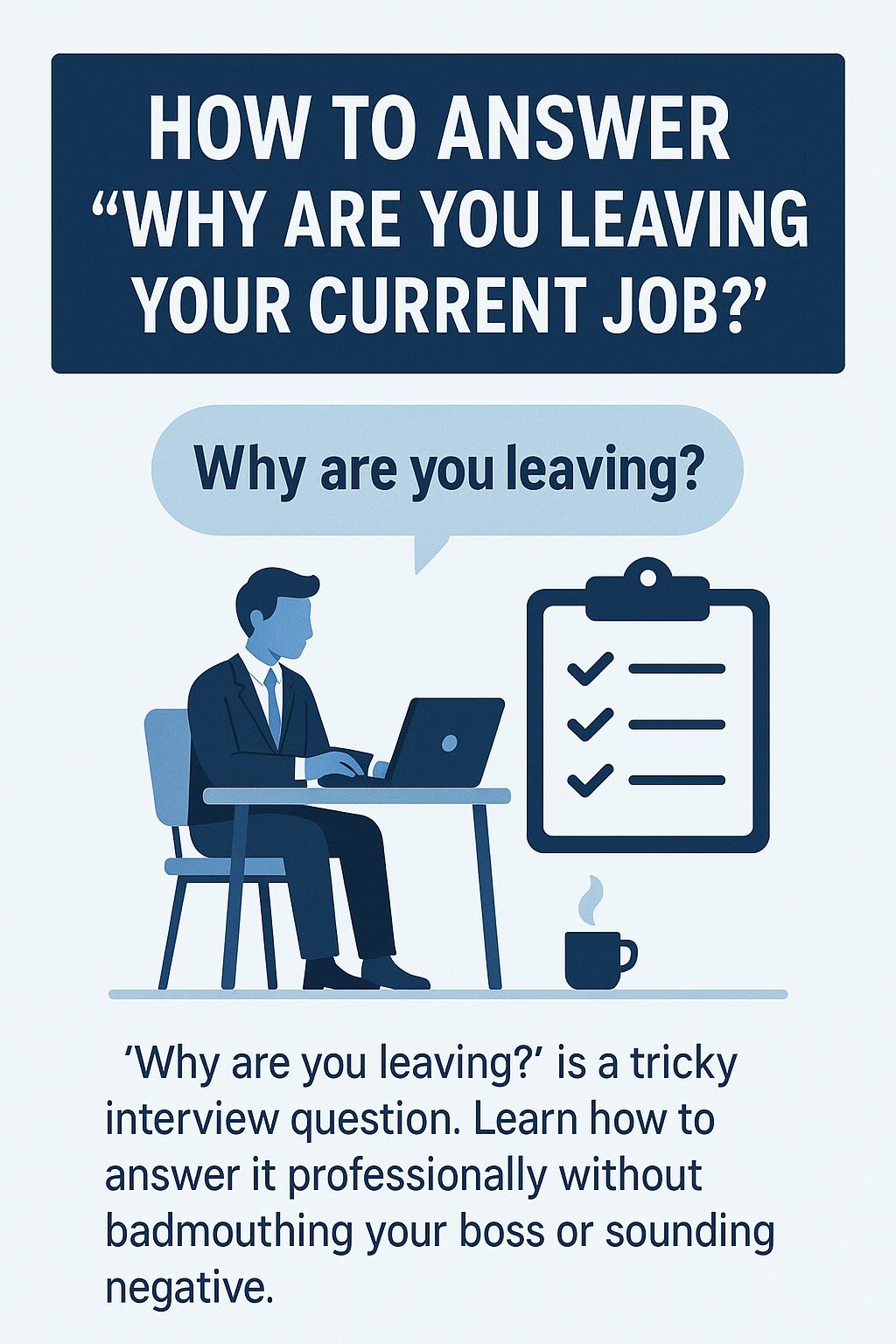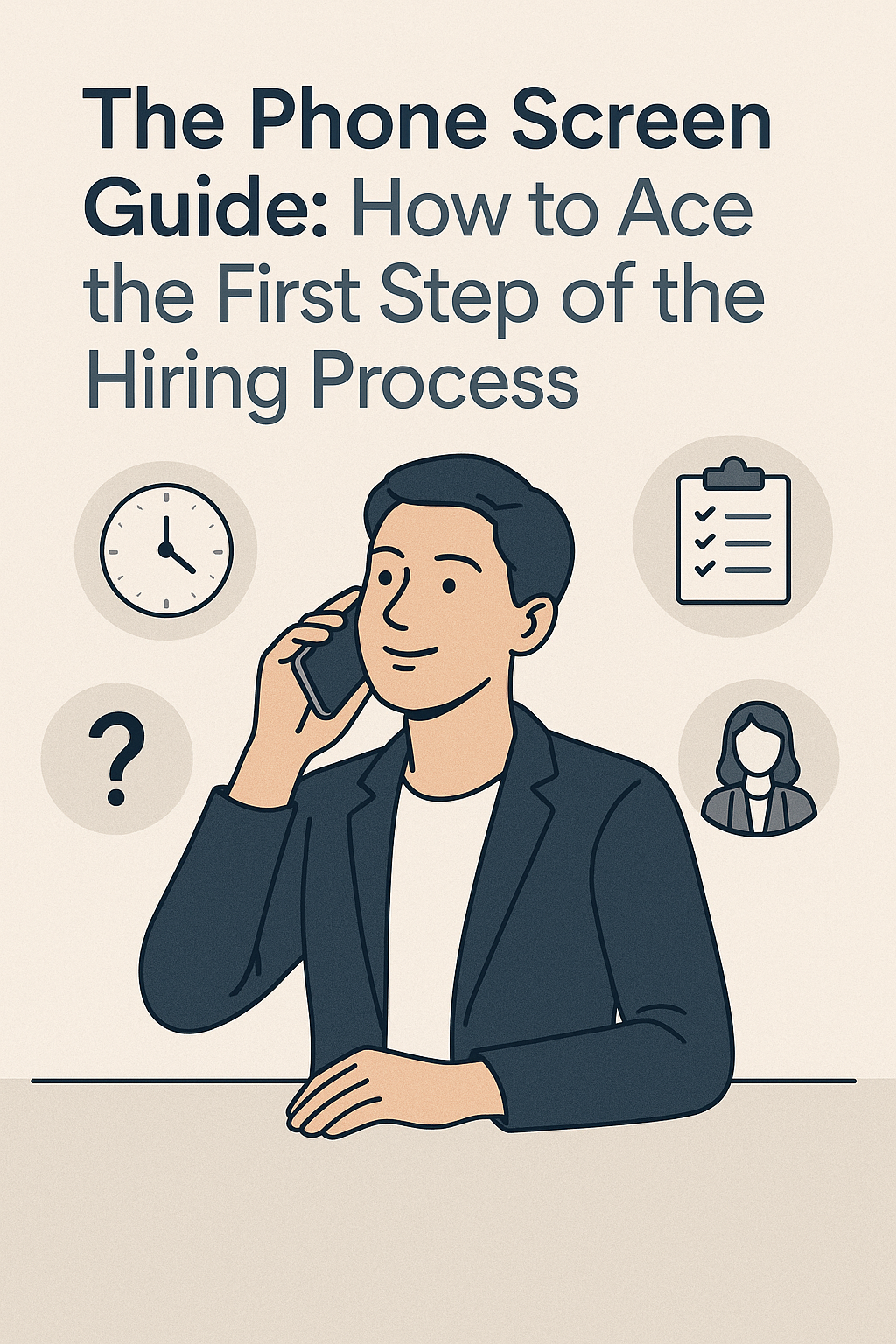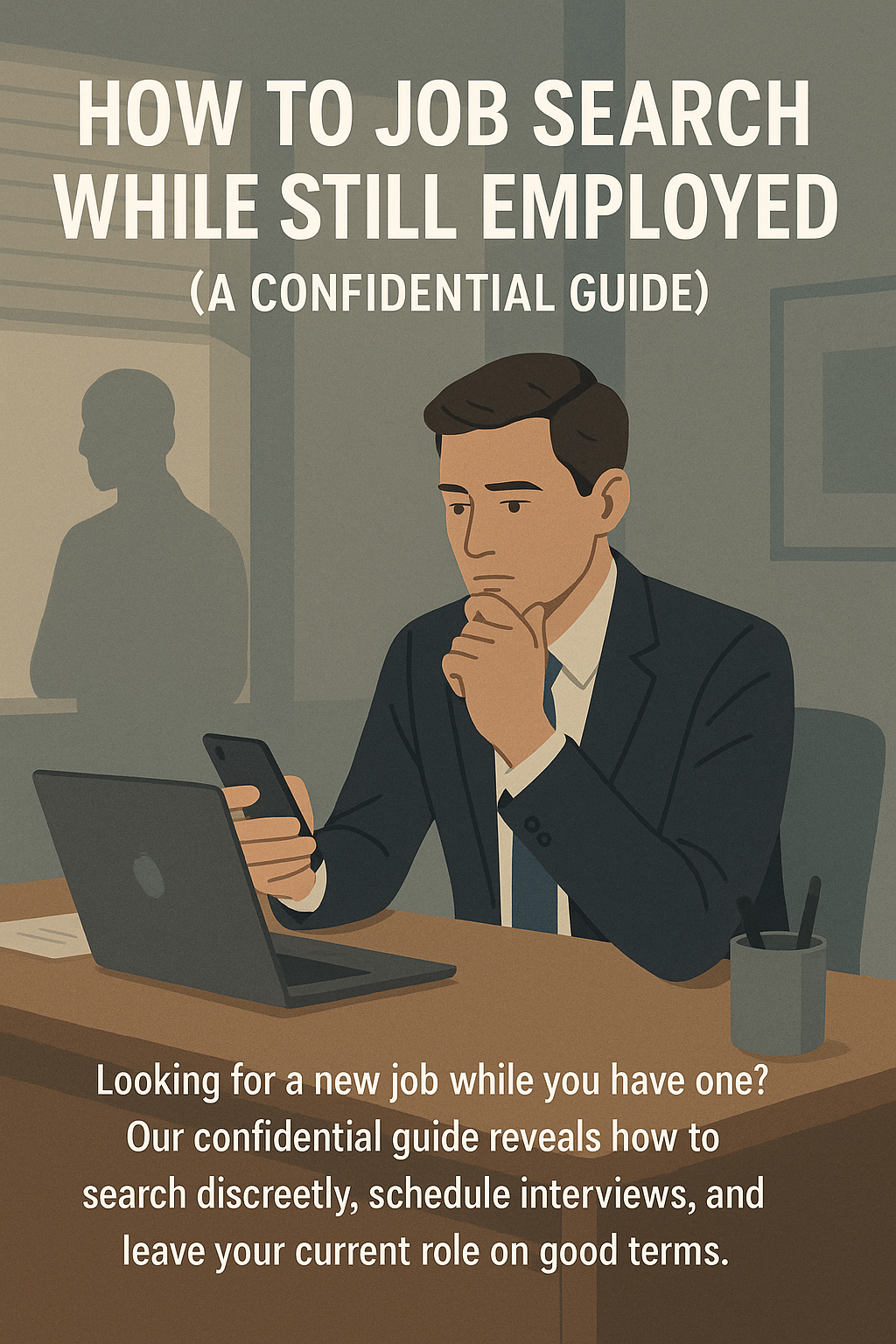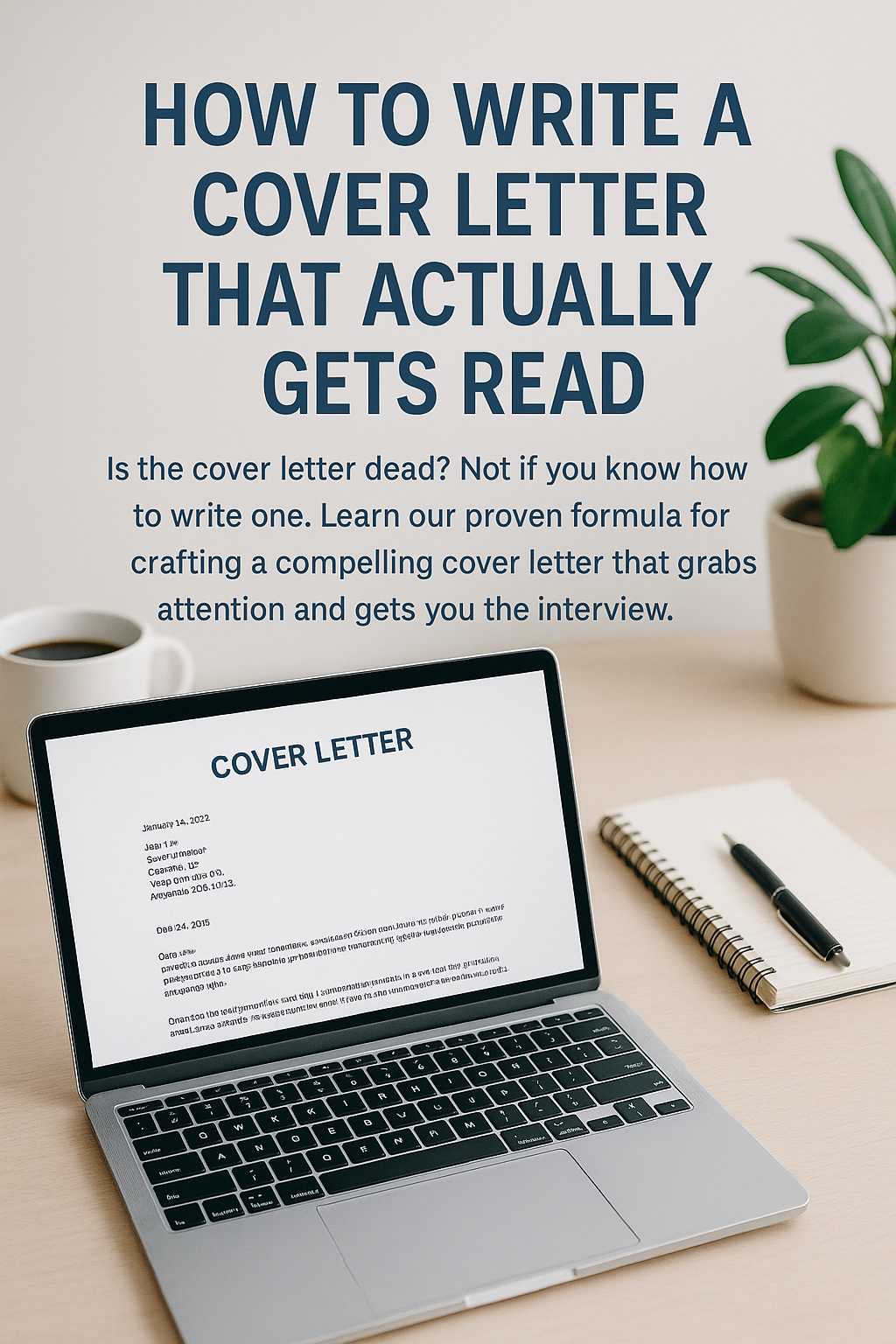
How to Write a Cover Letter That Actually Gets Read?
In the fast-paced, algorithm-driven world of modern job hunting, the cover letter has developed a bit of an identity crisis. It’s often seen as an old-fashioned formality, a checkbox to tick in an online application, or worse, a document that recruiters and hiring managers simply don’t have time to read. Many job seekers wonder, "Is this even worth my time? Does anyone actually read these things?" They slap together a generic template, change the company name, and hope for the best, viewing it as a chore rather than an opportunity.
This is a huge mistake. While a lazy, generic cover letter will absolutely be ignored, a well-crafted, strategic one can be the single most powerful tool in your job search arsenal. It’s the one place where you can break free from the rigid, bullet-pointed structure of your resume and speak directly to the hiring manager in your own voice. It’s your chance to tell a story, to connect the dots of your experience, and to show a level of passion and personality that a resume simply can’t convey.
Think of it this way: your resume is the "what"—it lists what you’ve done and what skills you have. Your cover letter is the "why"—it explains why your skills are a perfect match for this specific job at this specific company, and why you are genuinely excited about the opportunity. In a sea of identical-looking resumes, a compelling cover letter is what makes you memorable. This guide will teach you how to stop writing cover letters that get ignored and start writing ones that get you interviews.
The Real Purpose of a Cover Letter (Hint: It's Not to Repeat Your Resume)
The most common mistake candidates make is treating the cover letter like a prose version of their resume. They simply rehash the same bullet points in paragraph form. This is redundant and a waste of the recruiter’s time. They already have your resume; they don’t need you to read it to them.
The true purpose of a cover letter is to act as a bridge. It connects the facts on your resume to the needs of the company. It’s a persuasive document, a sales pitch where the product is you. Here’s what a great cover letter actually accomplishes:
- It Shows You’ve Done Your Homework: A generic cover letter screams, "I am mass-applying to every job I see." A tailored one says, "I have specifically chosen your company and this role, and I understand what you’re looking for."
- It Highlights Your Most Relevant Skills: Your resume might list ten skills, but your cover letter can zoom in on the three that are most critical for this particular job, providing context and a brief story around them.
- It Demonstrates Your Communication Skills: Clear, concise, and professional writing is a valuable skill in almost every role. Your cover letter is the first and best sample of your ability to communicate effectively.
- It Conveys Enthusiasm and Cultural Fit: Passion is infectious. A cover letter is where you can express genuine excitement for the company’s mission, products, or values, giving the hiring manager a glimpse into your personality and how you might fit into their team.
Before You Write a Single Word: The 30-Minute Research Phase
A powerful cover letter is built on a foundation of solid research. Never, ever start writing until you’ve invested at least 30 minutes in learning about the opportunity. This is the step that separates the top 10% of candidates from everyone else.
Find the Hiring Manager’s Name
The days of "Dear Sir or Madam" or "To Whom It May Concern" are long over. These greetings are impersonal and signal a lack of effort. Your goal is to find the name of the person who will be reading your application. Start with LinkedIn. Search for the company and the job title (e.g., "Marketing Manager at [Company Name]"). Look for who holds that title or who the Head of the Marketing department is. If you can't find the exact person, addressing it to the head of the relevant department is your next best option (e.g., "Dear [Head of Department's Name]").
Dissect the Job Description (Again)
Just as you did for your resume, analyze the job description, but this time, read between the lines. What is the core problem they are trying to solve with this hire? Identify the top 3-4 requirements or responsibilities. These are the "pain points" that your cover letter needs to directly address.
Research the Company
You need to show that you're not just interested in a job, but this job. Spend time on their website. Read their "About Us" page and their mission statement. Look for their company values. A great place to start is a dedicated portal like the one on JobPe for companies, which often aggregates key information. Find a recent press release, a new product launch, or a blog post that genuinely interests you. This is the material you will use to prove your specific and genuine interest in the company.
The Anatomy of a Cover Letter That Gets Read
Now that you’ve done your research, you’re ready to write. Structure your cover letter into four key parts: the hook, the pitch, the passion, and the call to action.
The Opening Paragraph: The Hook
Your first paragraph must grab the reader's attention immediately. Do not start with the boring and overused "I am writing to apply for the [Job Title] position I saw on [Job Board]." They already know that. Instead, start with enthusiasm and a direct connection.
Lead with a powerful statement that combines your excitement with a key qualification. For example:
"As a digital marketer with over five years of experience in driving user acquisition for SaaS startups, I was thrilled to see the opening for the Senior Marketing Manager position at [Company Name]. Your recent launch of [Product Name] aligns perfectly with my expertise in product-led growth strategies, and I am confident I can help replicate that success for your upcoming product lines."
This opening is effective because it immediately showcases relevant experience, demonstrates you've done your research, and expresses genuine passion.
The Body Paragraphs: The Pitch
These 2-3 paragraphs are the core of your letter. This is where you build the bridge between your experience and their needs. Do not just list your skills. Instead, pick 2-3 key requirements from the job description and dedicate a short paragraph to each, telling a brief story or providing a concrete example of how you’ve successfully handled that responsibility in the past.
Use the "Problem-Action-Result" framework. For example, if the job requires "experience in improving customer retention," you could write:
"In my previous role at [Previous Company], the team faced a challenge with a 15% customer churn rate. I took the initiative to develop a new email onboarding sequence and a proactive customer feedback system. By implementing these strategies, we were able to increase customer satisfaction scores by 20% and reduce churn to under 10% within six months. I am eager to bring this same data-driven approach to improving retention for your user base."
This is far more powerful than simply saying, "I have experience in customer retention." It proves it with a compelling, quantifiable story.
The "Why Us?" Paragraph: The Passion
This is where you use the company-specific research you did. Dedicate a short paragraph to explaining why you are specifically drawn to this company. This shows you're not just looking for a paycheck; you're looking for a place where you can belong and contribute to a mission you believe in.
For example:
"I have long admired [Company Name]'s commitment to sustainability, particularly your 'Green Code' initiative. My personal values align strongly with this mission, and the opportunity to contribute my project management skills to a company that is making a tangible positive impact is a significant factor in my application."
The Closing Paragraph: The Call to Action
End your cover letter with confidence and a clear call to action. Summarize your value proposition in one sentence and state your desire for an interview. Be proactive, not passive.
Instead of a weak closing like "I look forward to hearing from you," try a stronger, more confident closing:
"Thank you for your time and consideration. I am confident that my experience in [Key Skill 1] and my passion for [Key Skill 2] would make me a valuable asset to your team. I have attached my resume for your review and am eager to discuss my qualifications further in an interview."
Then, close with a professional sign-off like "Sincerely" or "Best regards," followed by your typed name.
Final Polish and Common Mistakes to Avoid
Before you hit send, proofread your cover letter at least twice. A single typo can undermine all of your hard work. * Don't be generic: Tailor every single cover letter. * Don't make it too long: Keep it to one page, around 300-400 words. * Don't just repeat your resume: Tell a story and provide context. * Don't forget to proofread: Typos and grammatical errors are instant disqualifiers. * Don't use the wrong company name: This is the most embarrassing and easily avoidable mistake.
A great cover letter is a powerful tool. It’s your opportunity to make a memorable first impression and convince a hiring manager that you’re not just another applicant, but the right person for the job. Once it works its magic, you can be ready for the next step by preparing for common interview questions. To build a complete and powerful application, pair your custom cover letter with a resume that's just as tailored. Tools like the JobPe Resume Builder can help ensure your entire package is perfectly optimized. To stay on top of new opportunities where you can apply this strategy, consider setting up job alerts for roles that match your skills.
For more tools and resources to help you land your dream job, https://jobpe.com.

Creative Content Writer


